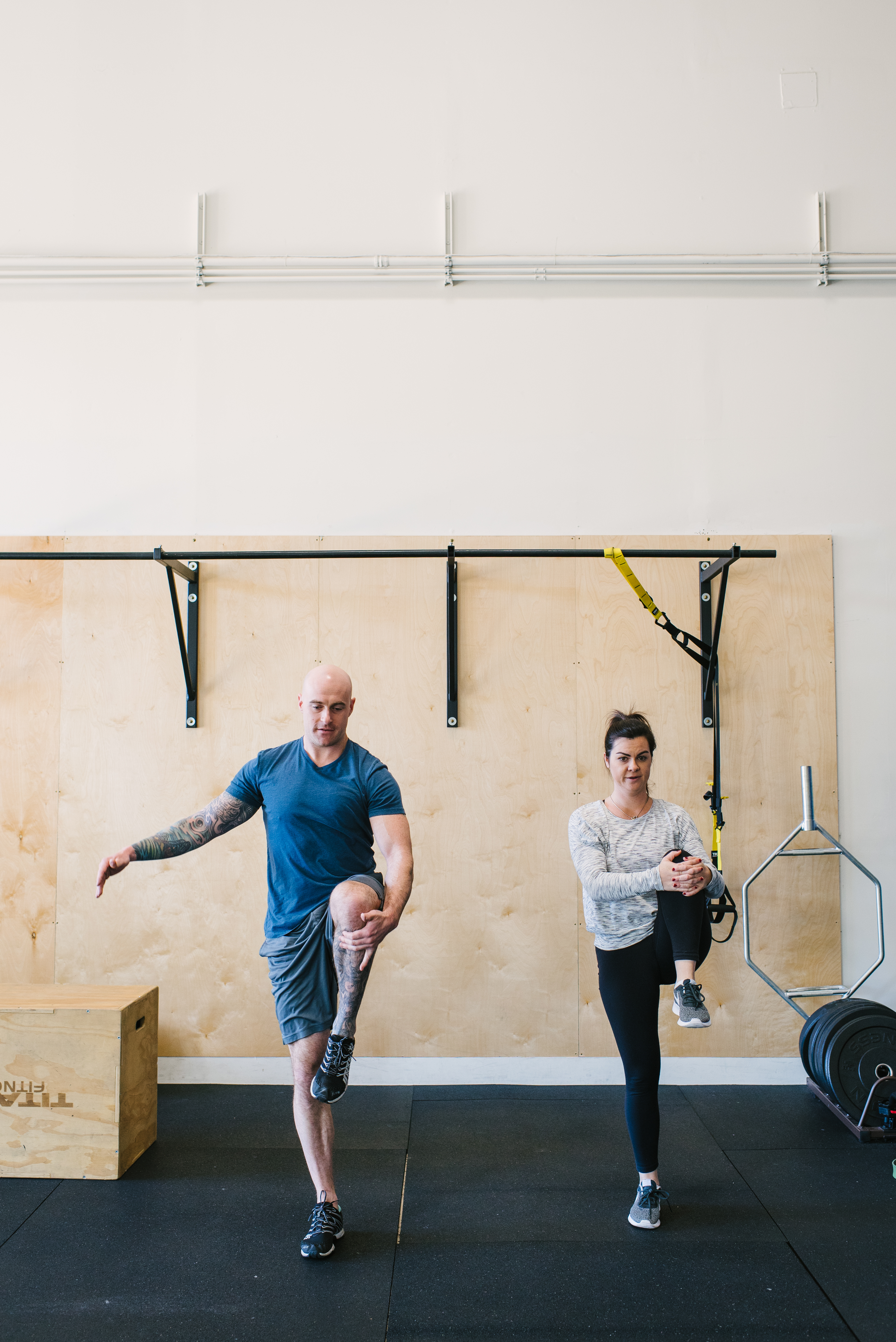Many moons ago, I participated in a class curated by an accomplished gentleman possessing his PhD in Botany. His life’s work was to s engulf himself in studying redwood trees. Our class was fortunate to take a field trip to Armstrong Woods park. This area outside of Guerneville was flooded with massive redwood trees on Earth for hundreds of years.
As we ventured through this awe-inspiring fantasy land of brisk air, an intoxicating aroma of redwood needles, and an array of majestic birds and acrobatic squirrels, our teacher stopped at a tree trunk dwarfing his five-foot-five-inch ectomorphic stature. “The dark rings on this tree stump signify the number of years this tree has been alive.” Named the Colonel Armstrong tree,this massive artifact was estimated to be over fourteen hundred years old.
Enjoying every moment of this trip, I couldn’t help but relate to this tree’s core structure to the studies I was involved in as I pursued my academic path of kinesiology. Immediately, I thought of the core muscles involved in stabilizing the midsection of the spine present in the human body. Similar to the fibrous structures comprising the rings surrounding the inner rings of the titanic Colonel Armstrong, the muscles around our spine have similar features within the skeletal muscles supporting the core of the body, so our top half doesn’t topple over.
A multitude of muscles run up and down, side to side, and around the spine. The paraspinal muscles trace the spine vertically, aiding in the ability to bend forward and backward and ensure the torso is upright throughout everyday human activities. Transverse abdominal muscles lace around the waist like a zipped-up jacket to allow rotational movements and protect the spine from twisting too far at the spinal joints. Rectus abdominus muscles reside in the front portion of the abdomen, aiding in forward bending and bringing the torso closer to the lower extremities. This movement is essential for getting up off the ground or out of bed. The deeper muscles of the psoas attach to the anterior portion of the spine to the upper portion of the pelvis and thighs. These deep muscles of the core are similar to the inner location of the rings of a tree trunk. Psoas muscles act as strong core multi-plane movers and stabilizers and are responsible for the first movements of our core and hips before more significant movements.
Comparing the rings of a tree to our human anatomy responsible for the structural integrity and function of our “trunk” gives a visual representation of the vital role our muscular tissue contributes to the condition of our core muscles. One could imagine if a tree had a feeble, skinny designation of rings within its trunk, the likelihood of it bending over, breaking, or even uprooting and toppling over is increased. The same circumstances are present within our bodies.
Exercising the core muscles of our body enables us to have a robust and strong trunk. Therefore, ensure to input core stabilization exercises into your fitness routine one to three times per week to reinforce the inner lining of our trunk so we can live a strong, healthy, and stable life.
Sean McCawley, the founder and owner of Napa Tenacious Fitness in Napa, CA, welcomes questions and comments. Reach him at 707-287-2727, napatenacious@gmail.com, or visit the website napatenaciousfitness.com.

